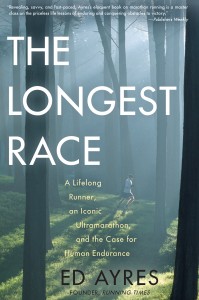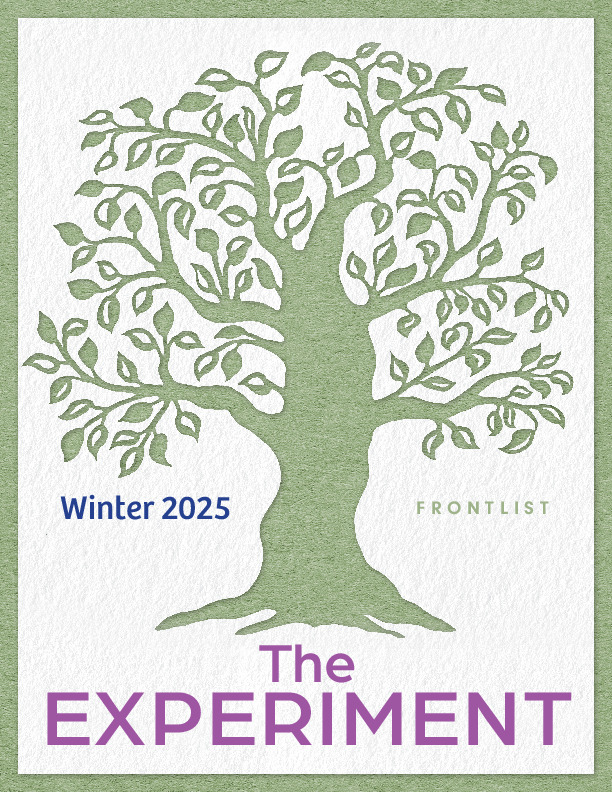Although many of us who are not ultramarathon runners (or even close) may think of running 50 miles as a near-superhuman feat, the fact is that with each year more people are interested in and capable of running the JFK 50 Mile. According to an article in Running Times, between 1973 and 2008 participation in the race grew by nearly 50%. The race’s steadily growing attendance is a direct reflection of the running fever that has struck America in recent years. Between 2007 and 2010 alone, the number of regular runners and joggers in the U.S. doubled to 49 million, and that number is still rising.
The appeal of the JFK 50 Mile may be difficult for non-runners to understand. Every year on the Saturday before Thanksgiving, people from all walks of life gather in downtown Boonsboro to begin a journey that will push them to the edge of human endurance. But for the ultrarunner, the race offers rewards that are well worth the effort—rewards that include physical challenge, spectacular views, and, perhaps most importantly, the promise of self-discovery.
In The Longest Race: A Lifelong Runner, an Iconic Ultramarathon, and the Case for Human Endurance, Ed Ayres, who has competed in over 600 long-distance races over the past 55 years, vividly recounts his experience running the JFK 50 Mile in 2001, where he broke the record for his age division. The book uses the race as a framework for a powerful exploration of endurance, willpower, and the lessons learned from a life spent running. To learn more about Ed Ayres and the history, challenges, and significance of the JFK 50 Mile, pick up The Longest Race today.



